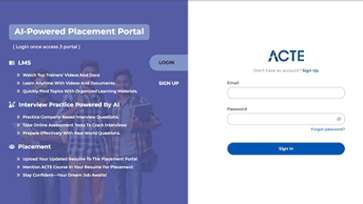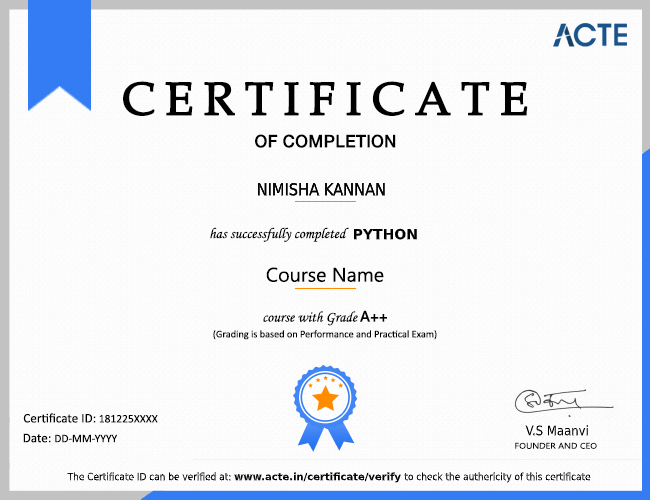- For public APIs, all the blessings stated above make your API higher and that on my own is a huge part of attracting builders to combine it and construct programs with it. But OpenAPI gives some other advantage: publishing your OpenAPI definition at the side of your API additionally permits patron builders to apply their desired equipment in aggregate together along with your API. Developers who paintings with a big variety of APIs can be satisfied to apply one toolchain for all integrations rather than more than one proprietary dealer SDKs.
- OpenAPI definitions can play a component in each step of the API improvement lifecycle. Consider the usage of them from the floor up whilst designing new APIs to get the maximum blessings, however even including an OpenAPI definition, later on, can nevertheless be useful for pleasant manipulate and for attracting builders on your API.
Benefits of OpenAPI:
1. Eliminate Barriers
If you're already engaging your clients or companions through portals or cellular packages, that’s a high-quality first step. But, you will be inadvertently growing obstacles for the one's parents withinside the shape of logins and absence of flexibility. If you create an open API that your outside quit person can combine into their utility and customize to their wishes, you are doing away with any obstacles from them the use of your offerings or goods. The capacity to combine at once into your device will provide them ways greater freedom and capacity to assist themselves. This creates long-time period buy-in from the patron.
No utility is constructed flawlessly to healthy everyone’s particular wishes. Giving clients a smooth get right of entry to your interface lets them apply your product in a manner that great fits their wishes and makes them way much less possibly to transport away to a much less bendy version. Every request to the device creates the possibility for deeper insights and a “stickier”, long-time period dating among the 2 of you.
2. Promote Innovation
Web portals and cellular packages count on a sure degree of utilization requirements. Focusing on UX allows you to layout a utility to offer the most price in your quit use. But at an equal time, you are pre-figuring out how your carrier is being used. If you strip it again and open API for clients, companions, and vendors, they'll use it in methods you by no means considered. You may also realize that there are complete new industries and verticals you may carrier. If your clients can use the interface the manner they need to apply it, they'll create new merchandise or open supply and proportion with different people. In a few cases, API carriers have even integrated a number of the capability that their quit-customers have extended.
3. Utilize Customer Insights
Usage logging is not anything new in the growing expertise of the way quit customers are interacting with diverse packages. But too regularly the efforts of studying this information are spent on figuring out how the customers are interacting with the utility as opposed to the offerings which can be a maximum benefit to them. If your API is incorporated into a utility through the quit-person, you will be cabin a position to investigate the way you offer price to the quiet person’s agency, now no longer simply the person. By specializing in studying the offerings known as opposed to utility usability, you may spend money on making upgrades withinside the regions that count number maximum in your pinnacle clients.
If a patron is asking a carrier to retrieve a standing or paintings order, for example, you may recognize that they actually price readability while paintings orders are processed and completed. If your pinnacle 10 clients are the use of that carrier, then certainly it might behoove you to prioritize that carrier for development while figuring out your commercial enterprise’s strategic street map.
4. Streamline Operations
In addition to clients, you have to be thinking about inner quit customers in addition to providers and companions. Imagine the ability of your agency if you may join requests out of your clients to an on-call for a version that notifies inner sources in addition to outside providers or companions. By finishing this circuit, you created a virtual commercial enterprise this is primed to scale. You can automate requests and responses among more than one event in place of being the gatekeeper or, greater possibilities, the roadblock.
OpenAPI Tools
Auto Generators: Programs that convert your code into an OpenAPI Specification record.
Converters:Tools for converting between OpenAPI and other API description formats are available as converters.
Validators of data: Check to see if API queries and answers match the API description.
Validators for the description: Check the description of your API to see if it's a genuine OpenAPI.
Documentation: Render the API Description as HTML (or even a PDF) so that even non-technical people can figure out how to use the API.
DSL: Because writing YAML by hand isn't much fun, and you might not need a GUI, use a Domain Specific Language to scribble OpenAPI in your preferred language.
Learning: Whether you're seeking documentation for a 3rd birthday celebration API based totally on visitors, or you're looking to switch to design-first at an agency that doesn't have an OpenAPI, mastering can aid you to move your API standard forward and keep it up to date.
Miscellaneous: Anything else that uses OpenAPI but hasn't been given enough attention to be granted its own category.
Mock Servers: Mock Servers are fictitious servers that receive a description record as input and then route incoming HTTP requests to instance answers or generate examples dynamically.
Parsers: load and inspect OpenAPI descriptions so you may work with them programmatically.
SDK Generators: Create code to give to customers in order to keep them from communicating over HTTP.
Security: A few pieces of equipment can go through your OpenAPI description for attack vectors you may not have discovered.
Server Implementations: Create and use sources and routes in your APIs with ease.
Testing: Use command line or GUI interfaces to quickly perform API calls and validate replies.
Text Editors: Text editors generate visible comments as you type OpenAPI, so you can see what doctors could look like.
































